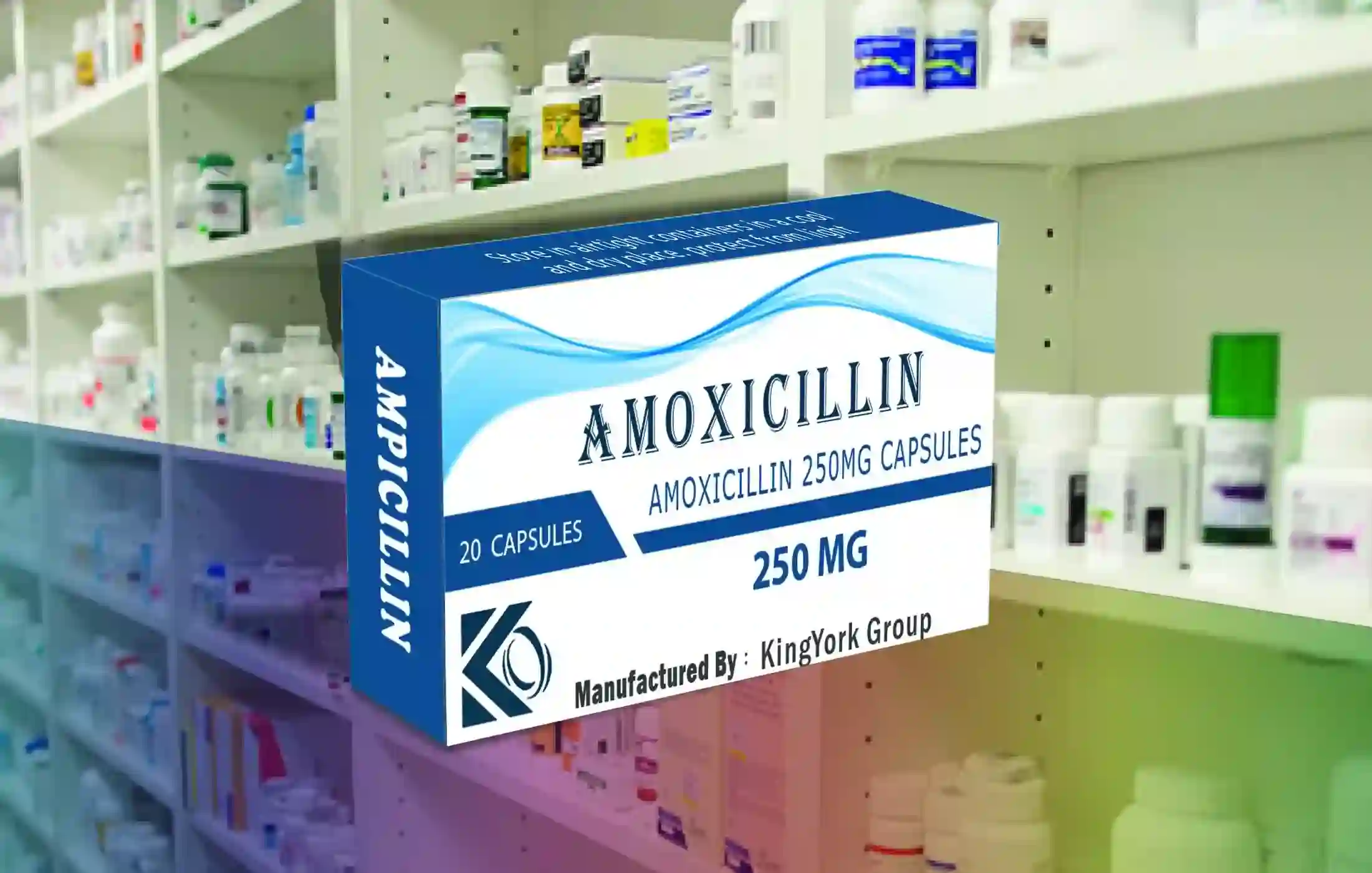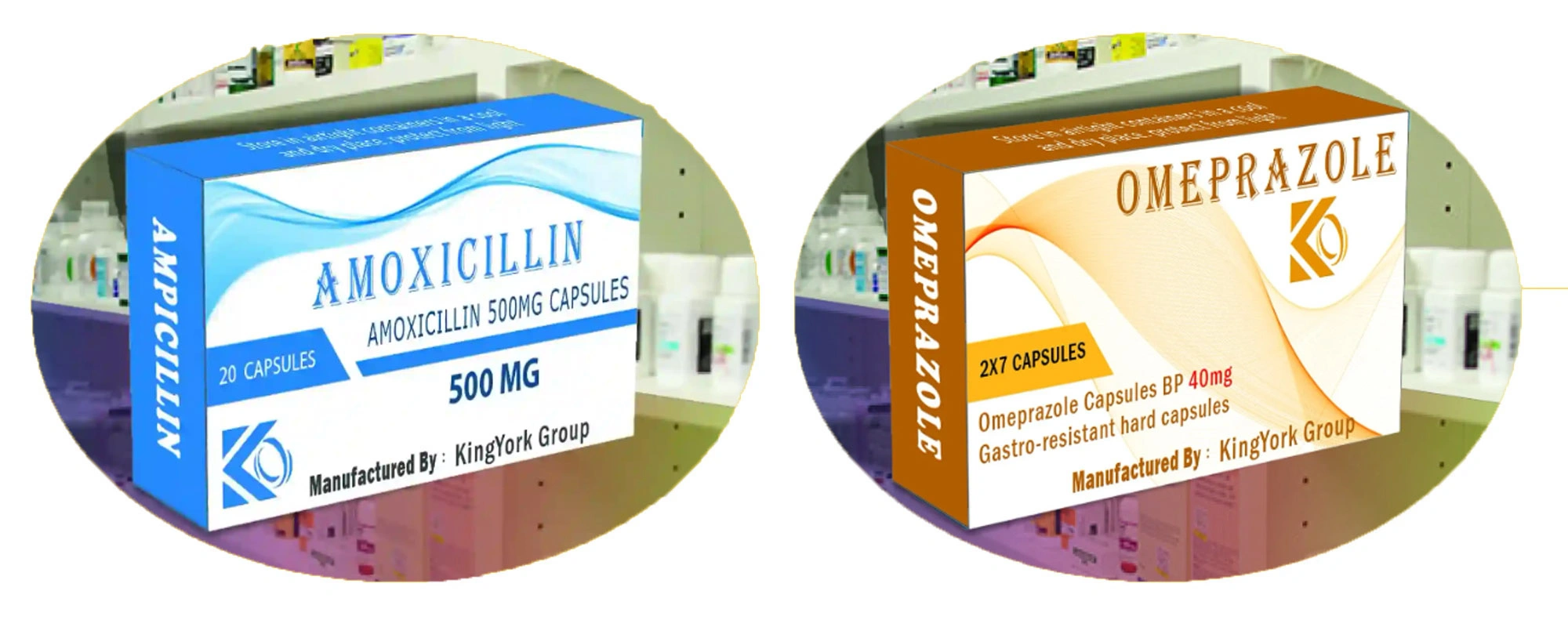The main types of capsules are:
- Hard gelatin capsules - Most common type, made of gelatin. Come in two parts that fit together.
- Soft gelatin capsules - Made of gelatin, plasticizers and water to make them flexible. Excellent at encapsulating oils and liquids.
- Non-gelatin capsules - Made of cellulose or other polymers for vegetarians and those with gelatin allergies.
Capsules have a long history dating back to the early 19th century. The first capsules were made by hand to enclose powders and oily medicine. With innovations in manufacturing, they gained widespread adoption by pharmaceutical companies and continue to be a versatile solid dosage form today.
Amoxicillin Capsules 500mg

Amoxicillin Capsules 500mg
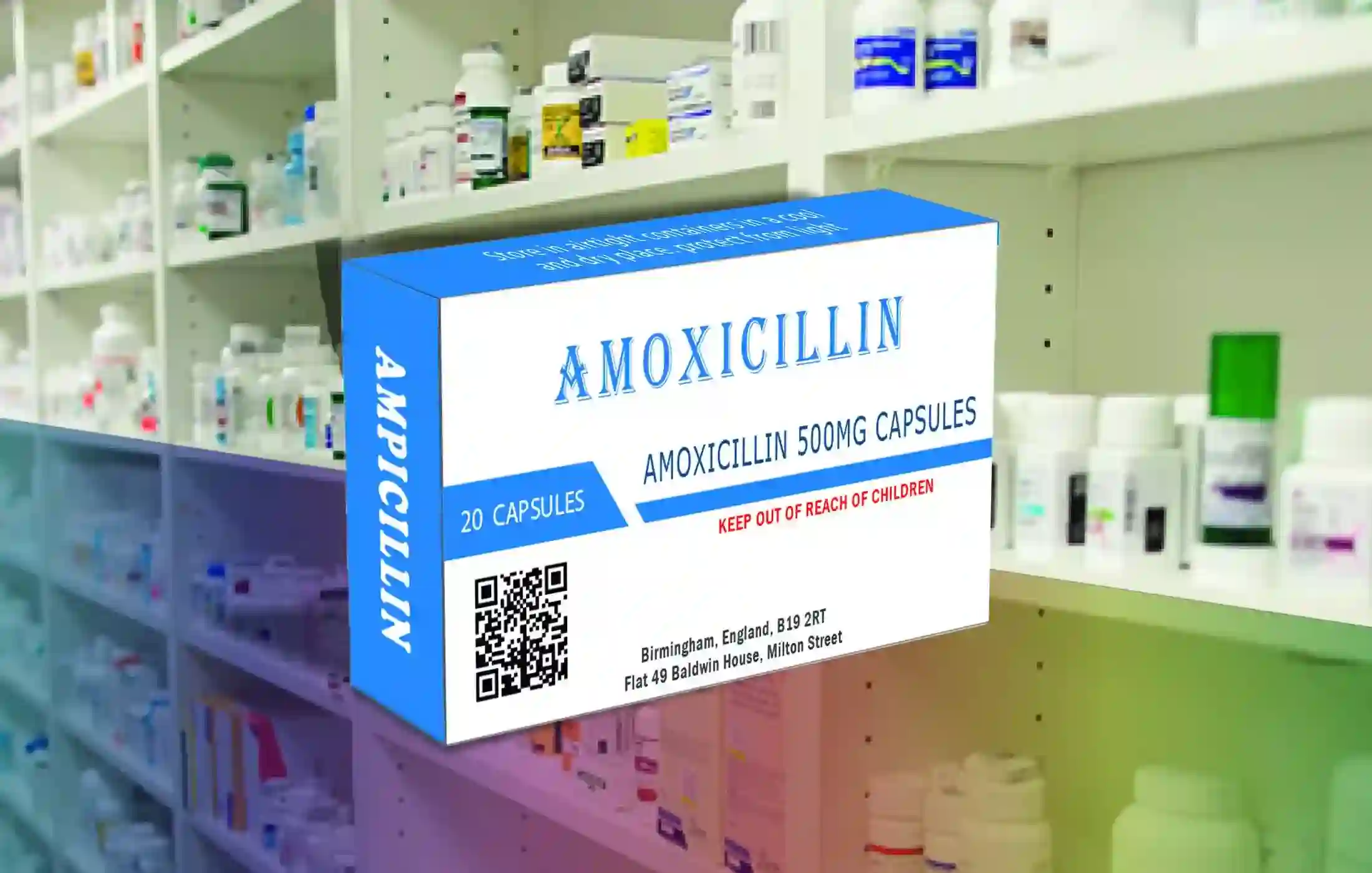
Capsule Manufacturing Process
The manufacturing process for pharmaceutical capsules generally involves the following key steps:
Mixing Ingredients .
The active pharmaceutical ingredients, excipients, and other powdered ingredients are carefully measured and mixed together in a blender. The powders must be well-blended to ensure uniform distribution and dosage in each capsule. Wet granulation may be used to form granules, which improves flowability and compaction.
Filling Capsules .
Specialized equipment is used to fill each capsule with the powdered drug formulation. Either a tamping process or dosator nozzle can fill capsules with the required amount of powder or granules. Capsule filling machines have multiple stations to fill capsules of different sizes and configurations.
Sealing Capsules .
Once filled, the cap and body of the capsule must be joined together. The capsules pass through a sealing station where the two halves are securely snapped into place. A gelatin band seals the joint between the cap and body.
Printing .
Most capsules receive some form of imprinting, such as a product name, company logo, dose, lot number, and expiration date. This may be printed directly onto the filled capsules using inkjet technology. A specialized device handles the capsules during printing to ensure high accuracy.
Proper techniques and equipment at each stage helps ensure that capsules have consistent weights, fills, and integrity. Automated processes allow mass-production of capsules while maintaining quality control standards. The resulting capsules can then undergo finish packaging and release for distribution.
Ampicillin Capsules 250mg
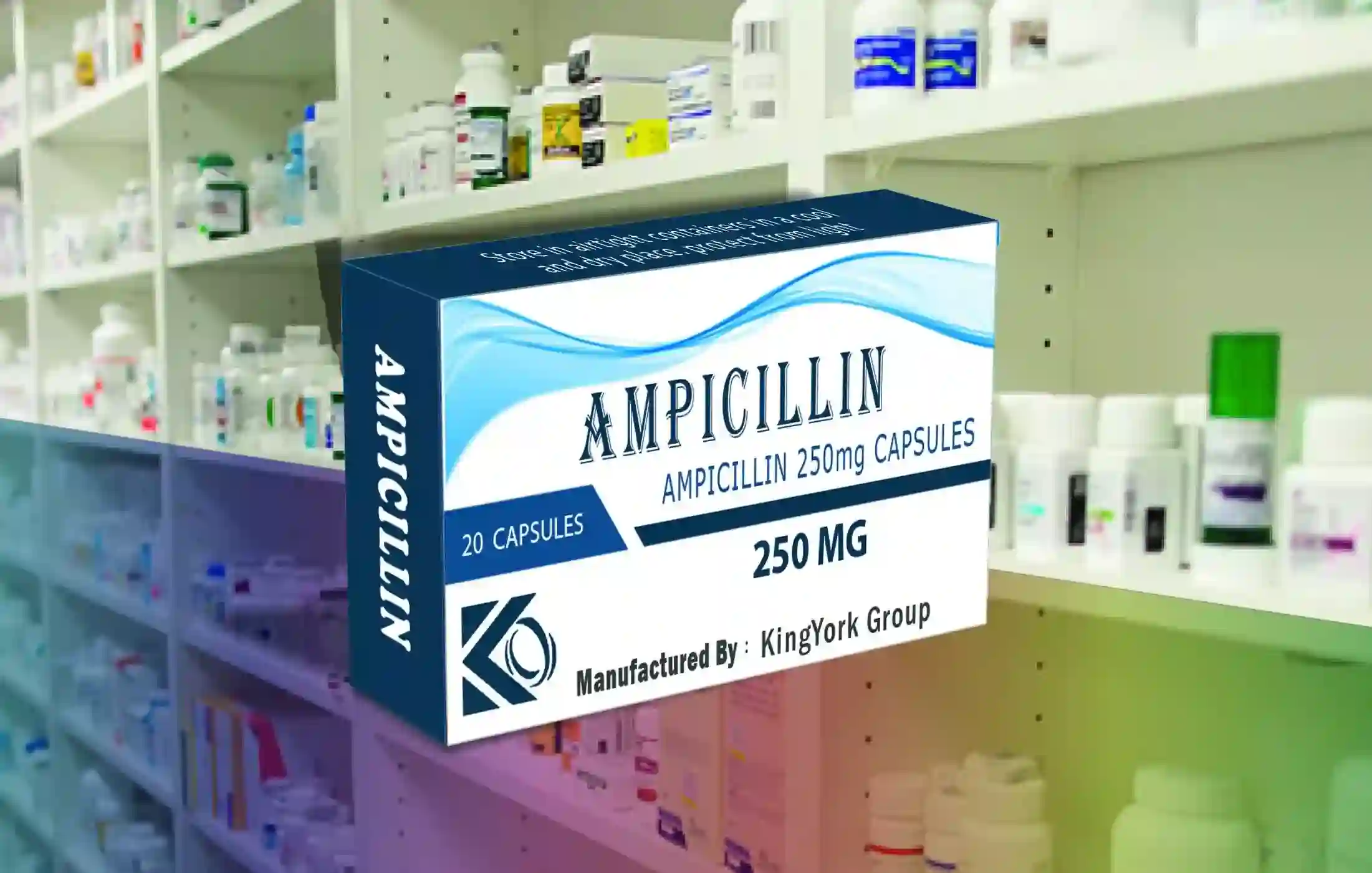
Ampicillin Capsules 250mg
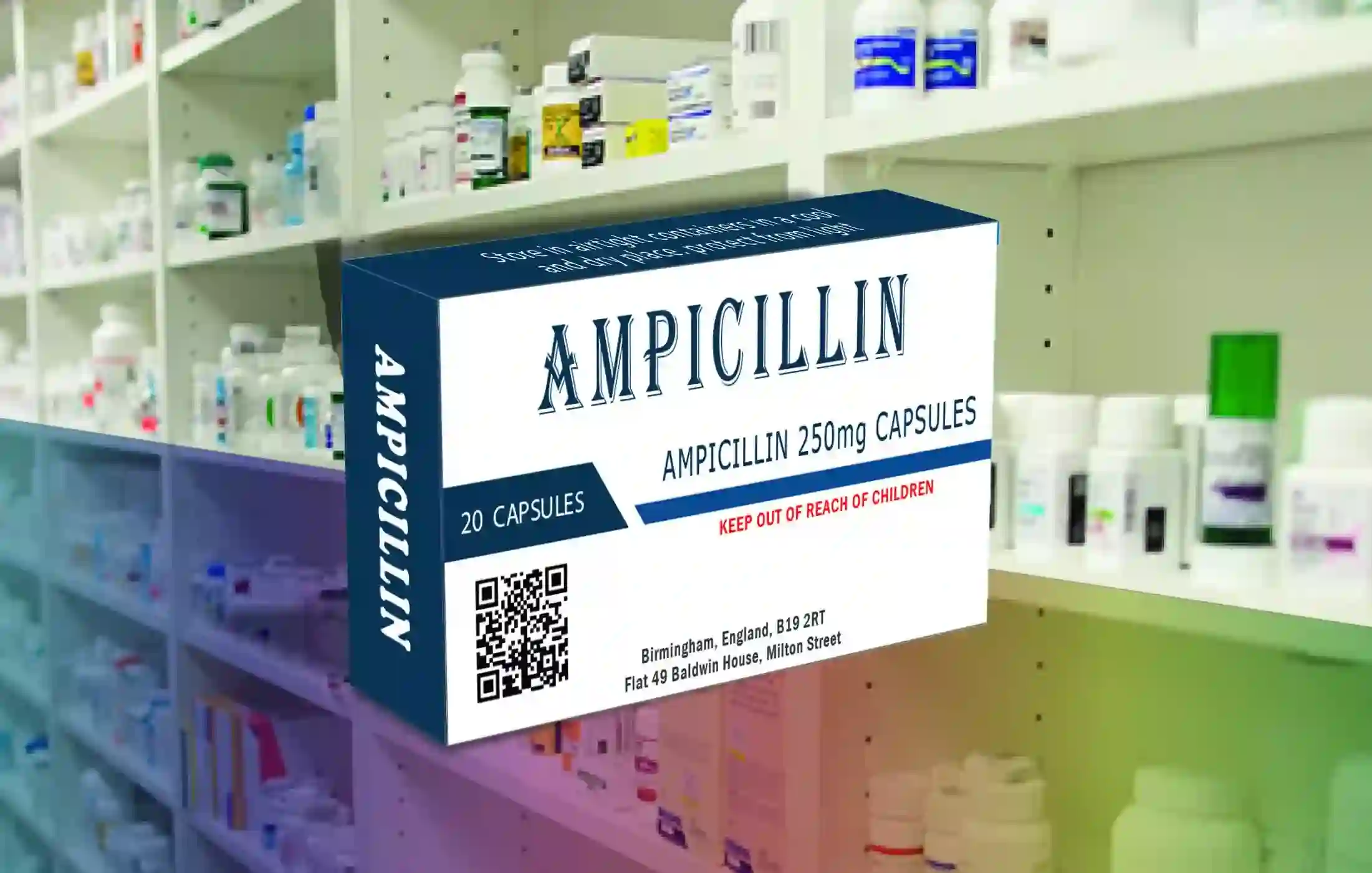
Capsule Ingredients
Pharmaceutical capsules are made from a variety of ingredients that serve different purposes in the capsule shell. The main ingredients used are:
**Gelatin**
- Gelatin is the most commonly used capsule ingredient. It is derived from collagen in animal by-products like skin, bones, and connective tissues. Gelatin provides elasticity, durability, and dissolvability to capsule shells. Porcine or bovine derived gelatins are most often used.
**Starch**
- Starches like maize starch are added to gelatin to improve moisture resistance and increase disintegration times. Starch levels usually range from 20-50% of the capsule composition.
**Colorants**
- Small amounts of colorants are added to the capsule shell to provide unique colors and opacities. Common colorants include titanium dioxide for white capsules and iron oxides for other colors.
**Preservatives**
- Preservatives like formaldehyde or potassium sorbate prevent microbial growth in the capsules.
**Acidulants**
- Acidulants like citric acid help regulate the pH and support gelatin crosslinking during manufacturing.
**Plasticizers**
- Plasticizers like glycerin or sorbitol provide flexibility to the capsule shell.
For vegetarian or vegan capsules, plant-derived ingredients are used instead of gelatin. Common options include:
- **Hypromellose (HPMC)** - Produced from plant cellulose, HPMC provides a vegetarian alternative to gelatin.
- **Pullulan** - A polysaccharide derived from fungus provides a transparent, edible film.
- **Gellan gum** - This microbial fermentation product can be used in place of gelatin.
The compatibility of capsule ingredients with the active drug ingredients also needs consideration during formulation. Gelatin crosslinking, hygroscopicity, solubility, and other factors must be evaluated.
Capsule Design and Engineering
Capsule shells can be designed and engineered in various ways to achieve desired drug release profiles or to improve manufacturability. Some key considerations in capsule design include:
**Size**
- Capsules come in a range of standard sizes, numbered 00 to 5, with 00 being the largest and 5 being the smallest. Larger capsules can fit more active drug substance and are easier to swallow, while smaller sizes allow flexibility in dosing. The size needed depends on the drug amount and desired dosage form.
**Shape**
- Most capsules have an oval elongated shape, but special shapes like round or oblong can be created. Unique shapes help brands differentiate their products. Shape impacts how capsules fit into capsule-filling machines and dissolution testing equipment.
**Color**
- Capsule shells can be made in various colors and with colored banding. Color can differentiate strengths, prevent mix-ups between products, or for branding purposes. Opaque capsules can protect light-sensitive ingredients.
**Delayed vs Extended Release**
- Capsules can provide immediate or controlled drug release profiles. Delayed release capsules use enteric coatings or polymer barriers to prevent drug release until the capsule has passed through the stomach. Extended release capsules contain coated beads, granules, or matrices to slowly release the drug over time.
**Optimizing Disintegration**
- Capsule shells are designed to break open and release contents rapidly under standard conditions. Disintegration can be delayed by increasing shell thickness, adding cross-linkages, or using gastro-resistant polymers. Accelerated disintegration is achieved using superdisintegrants or disintegrant channels.
Through careful engineering of capsule properties like these, manufacturers can create optimized shells tailored to a specific drug product and its desired performance. Advances in capsule technology continue to provide more customized and targeted drug delivery options.
Quality Control and Testing
Quality control and testing are crucial parts of pharmaceutical capsule manufacturing to ensure product safety, efficacy, and consistency. Some key types of quality control testing include:
Ensuring Proper Fill Weights .
Capsule fill weight refers to the amount of active ingredients and excipients inside each capsule. Improper fill weights can lead to products delivering too much or too little of the active ingredient. Manufacturers carefully check fill weights at multiple stages using automated systems that reject capsules over or under the target weight. Statistical sampling plans are also used to pull sample capsules for manual verification of weights.
Dissolution Testing .
Dissolution testing evaluates how quickly active ingredients are released from the capsule after ingestion. Dissolving too slowly may reduce efficacy, while dissolving too quickly can cause side effects or toxicity. Dissolution apparatuses are used to simulate digestion and measure release over time. Results must comply with pharmacopeial standards.
Microbial Testing .
Capsules must be tested for microbial contaminants like bacteria, fungi and yeasts. Presence of pathogens can make products unsafe and lead to infections in patients. Samples are incubated in growth media to check for microbial proliferation. Identification and microbial limits testing ensure capsules are sterile.
Stability Testing
Stability testing verifies how long capsules maintain their safety, identity, strength, quality, and purity under various conditions like humidity, temperature, and light exposure. Samples are stored under accelerated conditions and tested at set intervals to determine shelf life and proper storage requirements.
Overall, pharmaceutical companies invest heavily in quality control and testing to guarantee capsules consistently meet stringent safety and efficacy standards throughout their lifecycle. Extensive testing provides the data and assurance needed for regulatory submissions.
Ampicillin Capsules 500mg
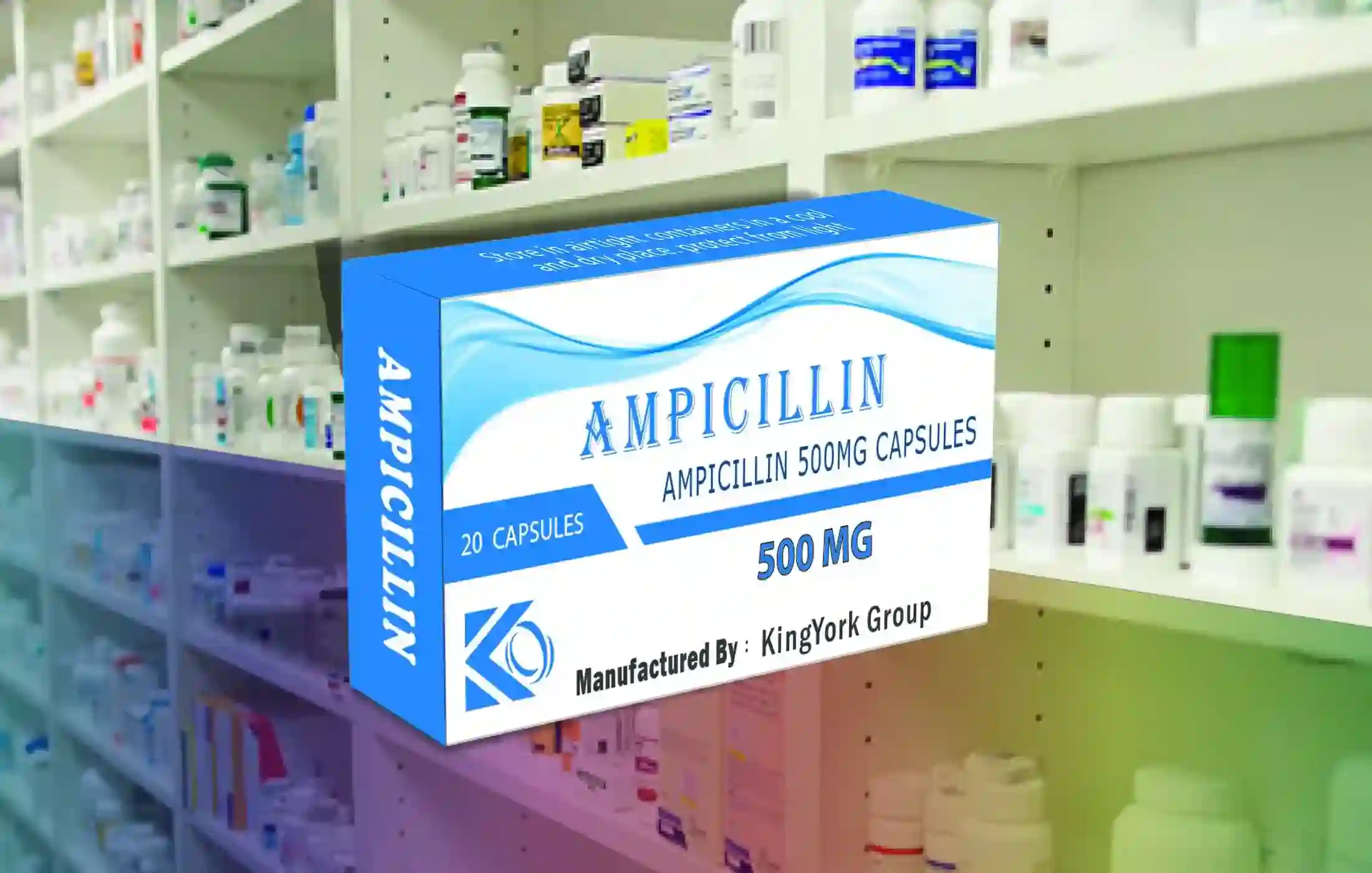
Ampicillin Capsules 500mg
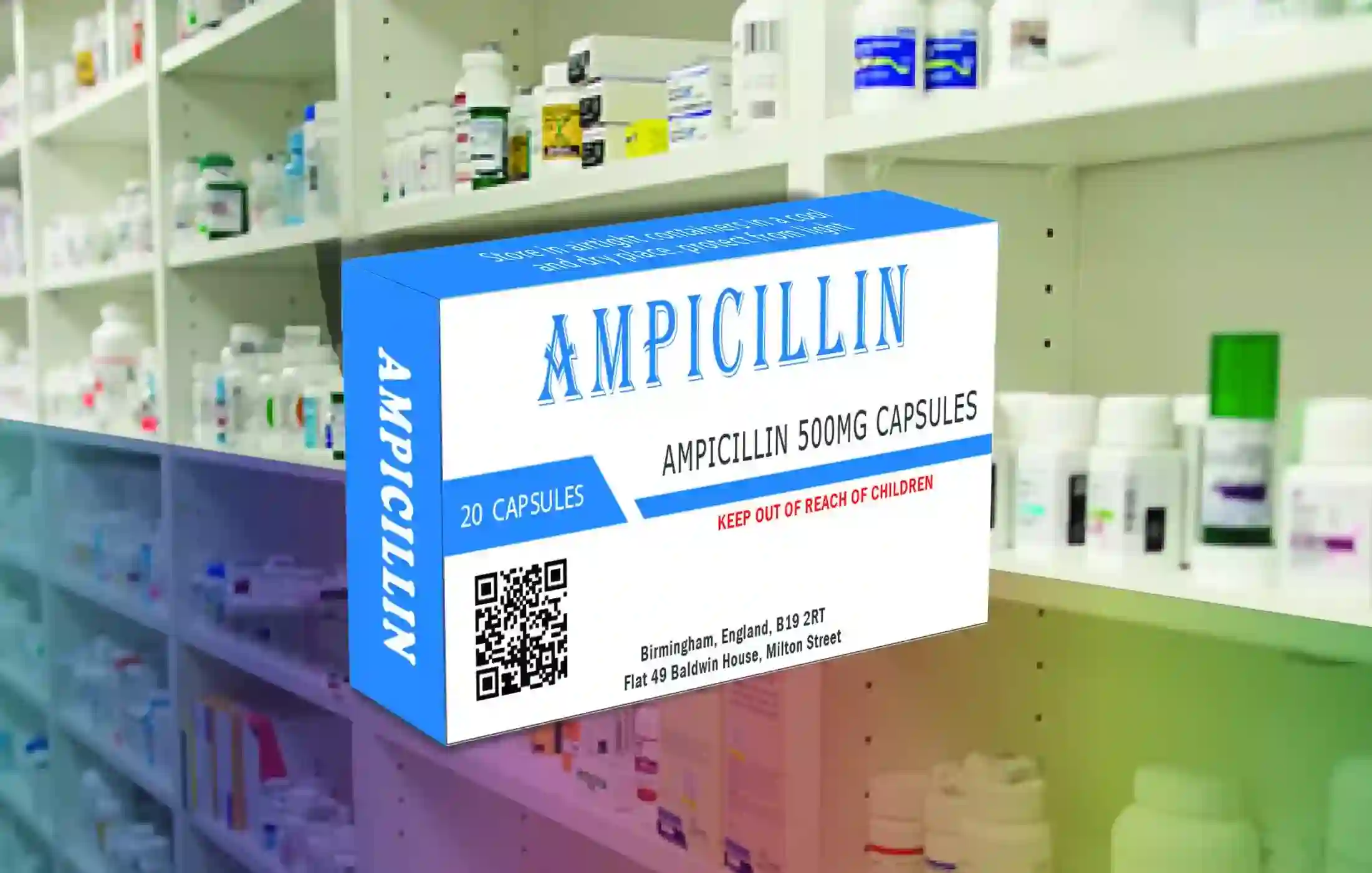
Capsule Design and Engineering
Capsule shells can be designed and engineered in various ways to achieve desired drug release profiles or to improve manufacturability. Some key considerations in capsule design include:
**Size**
- Capsules come in a range of standard sizes, numbered 00 to 5, with 00 being the largest and 5 being the smallest. Larger capsules can fit more active drug substance and are easier to swallow, while smaller sizes allow flexibility in dosing. The size needed depends on the drug amount and desired dosage form.
**Shape**
- Most capsules have an oval elongated shape, but special shapes like round or oblong can be created. Unique shapes help brands differentiate their products. Shape impacts how capsules fit into capsule-filling machines and dissolution testing equipment.
**Color**
- Capsule shells can be made in various colors and with colored banding. Color can differentiate strengths, prevent mix-ups between products, or for branding purposes. Opaque capsules can protect light-sensitive ingredients.
**Delayed vs Extended Release**
- Capsules can provide immediate or controlled drug release profiles. Delayed release capsules use enteric coatings or polymer barriers to prevent drug release until the capsule has passed through the stomach. Extended release capsules contain coated beads, granules, or matrices to slowly release the drug over time.
**Optimizing Disintegration**
- Capsule shells are designed to break open and release contents rapidly under standard conditions. Disintegration can be delayed by increasing shell thickness, adding cross-linkages, or using gastro-resistant polymers. Accelerated disintegration is achieved using superdisintegrants or disintegrant channels.
Through careful engineering of capsule properties like these, manufacturers can create optimized shells tailored to a specific drug product and its desired performance. Advances in capsule technology continue to provide more customized and targeted drug delivery options.
IBUROFEN+PARACETAMO
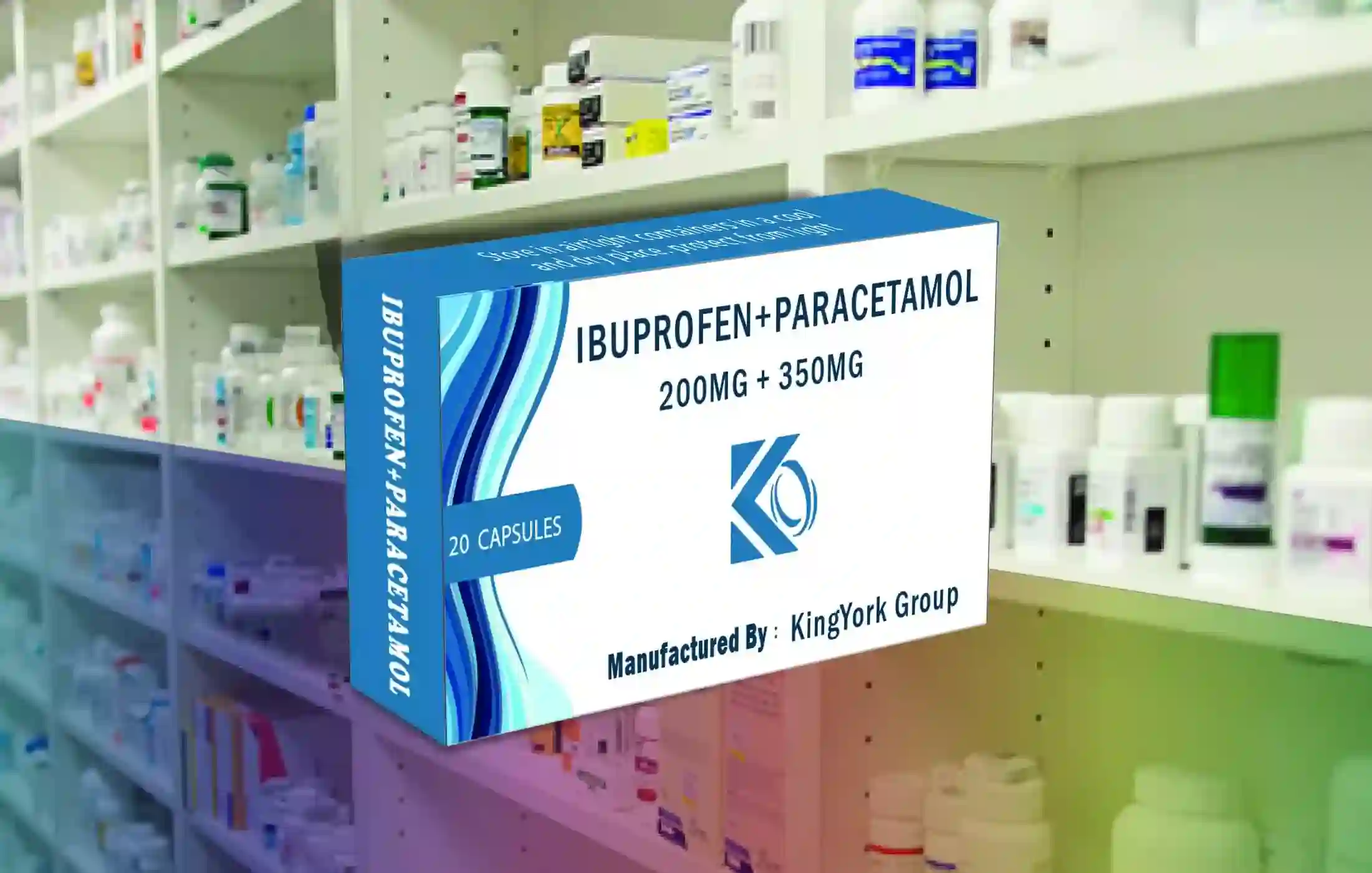
IBUROFEN+PARACETAMOL

Quality Control and Testing
Quality control and testing are crucial parts of pharmaceutical capsule manufacturing to ensure product safety, efficacy, and consistency. Some key types of quality control testing include:
Ensuring Proper Fill Weights .
Capsule fill weight refers to the amount of active ingredients and excipients inside each capsule. Improper fill weights can lead to products delivering too much or too little of the active ingredient. Manufacturers carefully check fill weights at multiple stages using automated systems that reject capsules over or under the target weight. Statistical sampling plans are also used to pull sample capsules for manual verification of weights.
Dissolution Testing .
Dissolution testing evaluates how quickly active ingredients are released from the capsule after ingestion. Dissolving too slowly may reduce efficacy, while dissolving too quickly can cause side effects or toxicity. Dissolution apparatuses are used to simulate digestion and measure release over time. Results must comply with pharmacopeial standards.
Microbial Testing .
Capsules must be tested for microbial contaminants like bacteria, fungi and yeasts. Presence of pathogens can make products unsafe and lead to infections in patients. Samples are incubated in growth media to check for microbial proliferation. Identification and microbial limits testing ensure capsules are sterile.
Stability Testing
Stability testing verifies how long capsules maintain their safety, identity, strength, quality, and purity under various conditions like humidity, temperature, and light exposure. Samples are stored under accelerated conditions and tested at set intervals to determine shelf life and proper storage requirements.
Overall, pharmaceutical companies invest heavily in quality control and testing to guarantee capsules consistently meet stringent safety and efficacy standards throughout their lifecycle. Extensive testing provides the data and assurance needed for regulatory submissions.
indomethacin 25mg

indomethacin 25mg
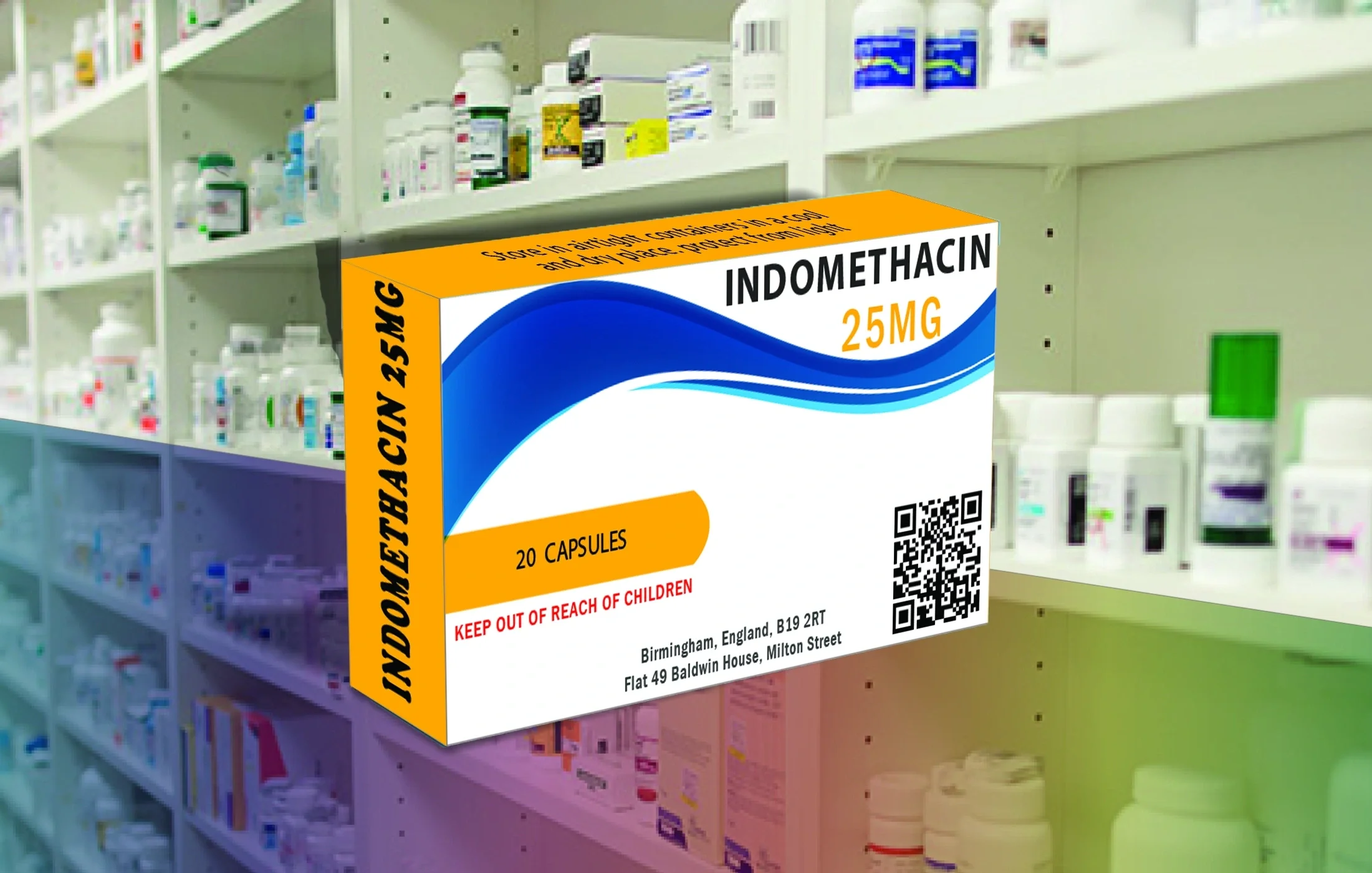
Regulations and Standards
The pharmaceutical capsules industry is highly regulated to ensure safety, efficacy, and quality. Manufacturers must adhere to strict standards and regulations that vary by country.
Good Manufacturing Practices (GMP)
GMPs are guidelines that outline minimum requirements for methods, facilities, and controls used in manufacturing, processing, and packing pharmaceutical products. They aim to ensure that capsules are produced consistently and controlled according to quality standards.
GMPs detail requirements for:
- Personnel qualifications and training
- Design, construction, and maintenance of manufacturing facilities
- Production and process controls
- Laboratory controls
- Record keeping
- Handling of complaints and recalls
Most countries have their own GMP standards. The World Health Organization (WHO) provides general GMP principles that many countries model their GMP regulations after.
ISO Standards
The International Organization for Standardization (ISO) is an independent non-governmental organization that develops voluntary standards for products, services, and systems.
ISO standards related to pharmaceutical capsules help ensure quality and improve efficiency. Key standards include:
- ISO 9001: Quality Management Systems
- ISO 15378: Primary Packaging Materials for Medicinal Products
- ISO 80369: Small-bore Connectors for Liquids and Gases in Healthcare Applications
Country-Specific Regulations
In addition to GMPs, individual countries have their own regulations regarding licensing, quality control, product testing, safety, and more.
For example, in the United States, the Food and Drug Administration (FDA) oversees pharmaceutical manufacturing regulations. The FDA facility registration, drug listings, cGMPs, and other requirements must be met.
In the European Union, capsules must adhere to guidelines from the European Directorate for the Quality of Medicines (EDQM) and other European Medicines Agency (EMA) standards. Requirements exist for batch testing and release, auditing, regulatory filings, and pharmacovigilance.
Understanding evolving global regulations is crucial for entering new markets and ensuring compliance across different manufacturing facilities worldwide. Working closely with local regulatory bodies when expanding into new countries is key.
indomethacin 50m
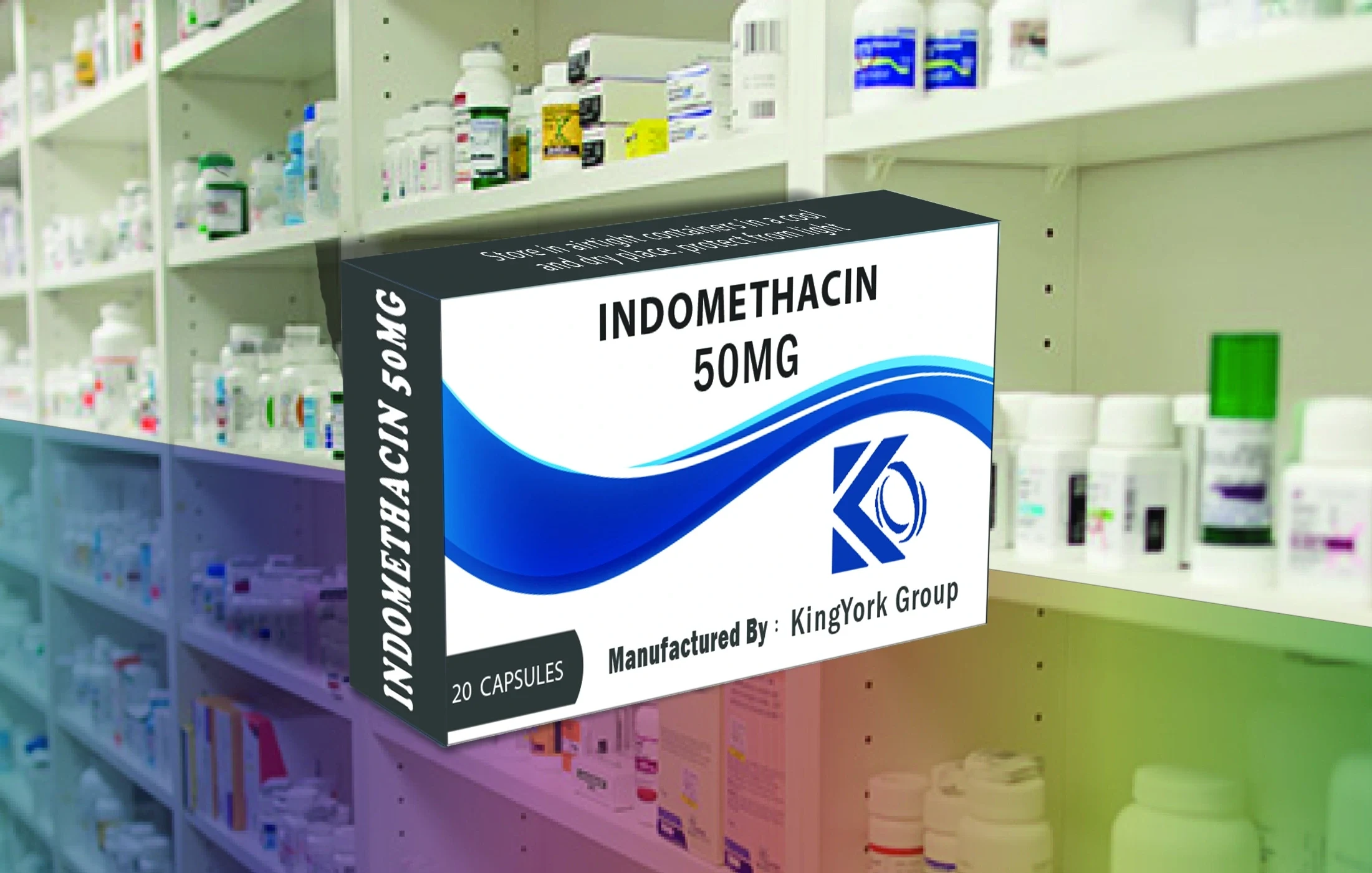
indomethacin 50mgb

Specialized Capsule Forms
Capsules can be specially engineered and designed to meet specific drug delivery needs:
Enteric Capsules .
Enteric capsules use polymers that only dissolve at higher pH levels, allowing the capsule to bypass the stomach and deliver the drug to the intestines. This protects drugs from being degraded by stomach acid and is useful for drugs that may cause stomach irritation. Common polymers used include cellulose acetate phthalate, hydroxypropyl methylcellulose phthalate, and polyvinyl acetate phthalate.
Sustained Release Capsules .
Sustained release capsules are designed to release the drug slowly over an extended period of time, from 8 to 12 hours. This provides more consistent dosing and plasma levels in the body. They usually contain coated pellets, beads, or granules that release the drug at different rates.
Beads/Pellets Capsules .
Beads or pellets allow for even more controlled release profiles. The beads can release the drug at different times and locations, providing sequential and targeted drug delivery. Multiple incompatible drugs can also be combined by encapsulating them in separate beads.
Lyophilized Powder Capsules .
Lyophilized capsules contain the drug in a freeze-dried powder form allowing for increased stability and longer shelf life. The powder reconstitutes upon ingestion when it comes into contact with fluid.
Tamper Evident Capsules .
Tamper evident capsules contain visible safety seals and dyed bands that allow consumers to detect if the capsule has been tampered with. This improves security and safety.
omperazole 20mg
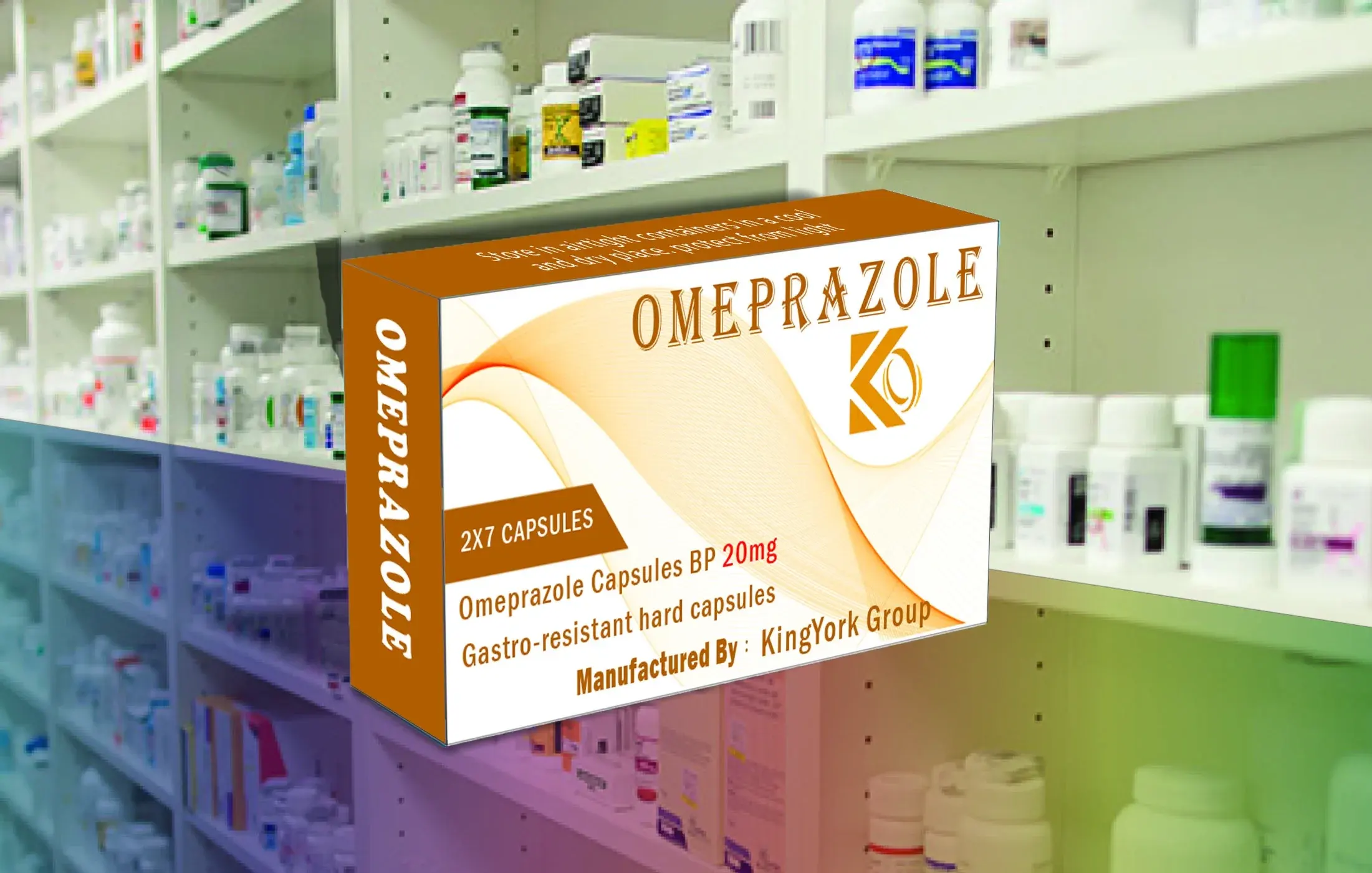
omperazole 20mg
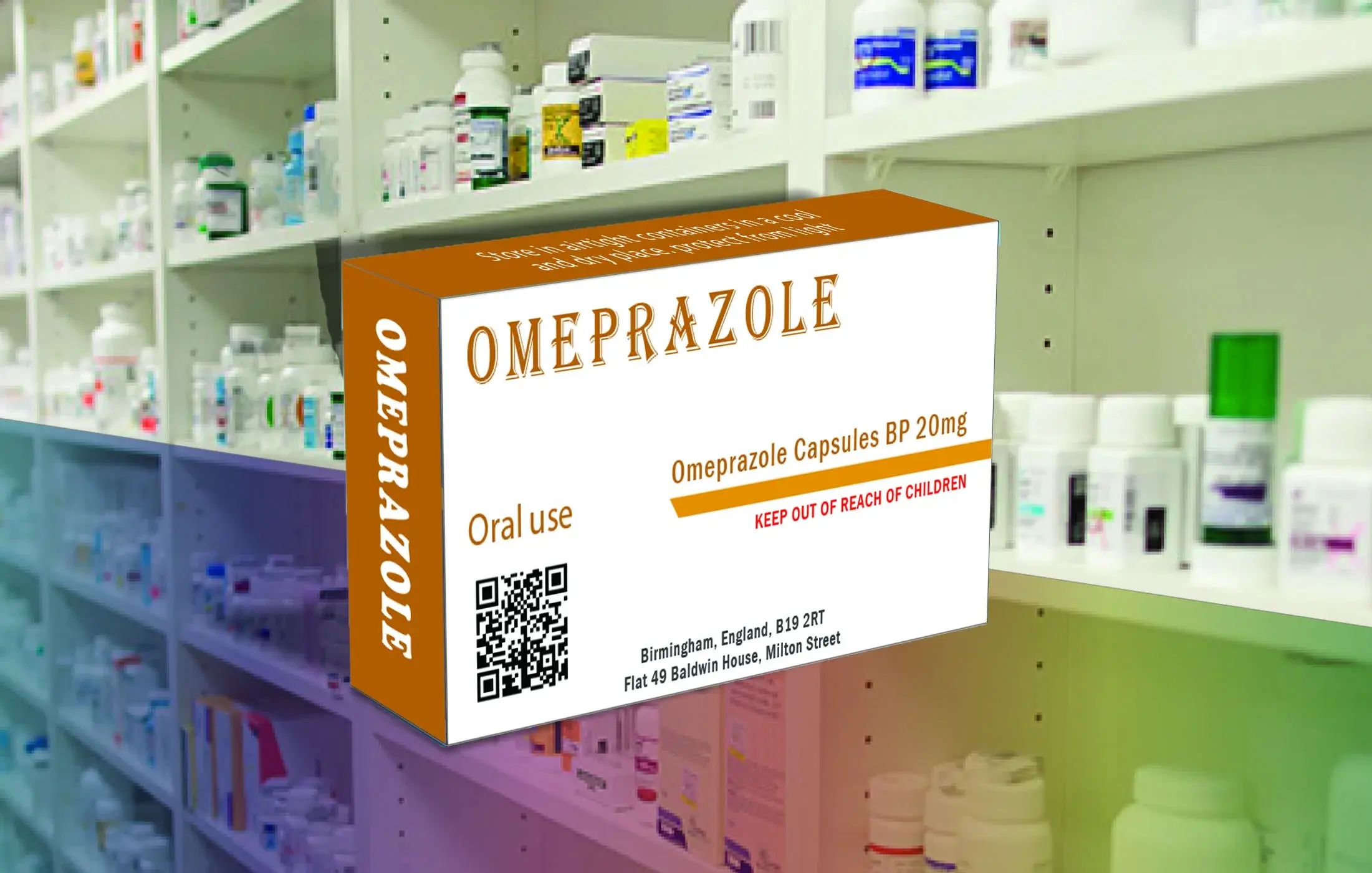
Manufacturing Facilities and Equipment
Pharmaceutical capsules are produced in large-scale manufacturing facilities that are specially designed for efficient capsule production. The facilities house advanced equipment and technology to enable high-volume capsule manufacturing.
omperazole 40m
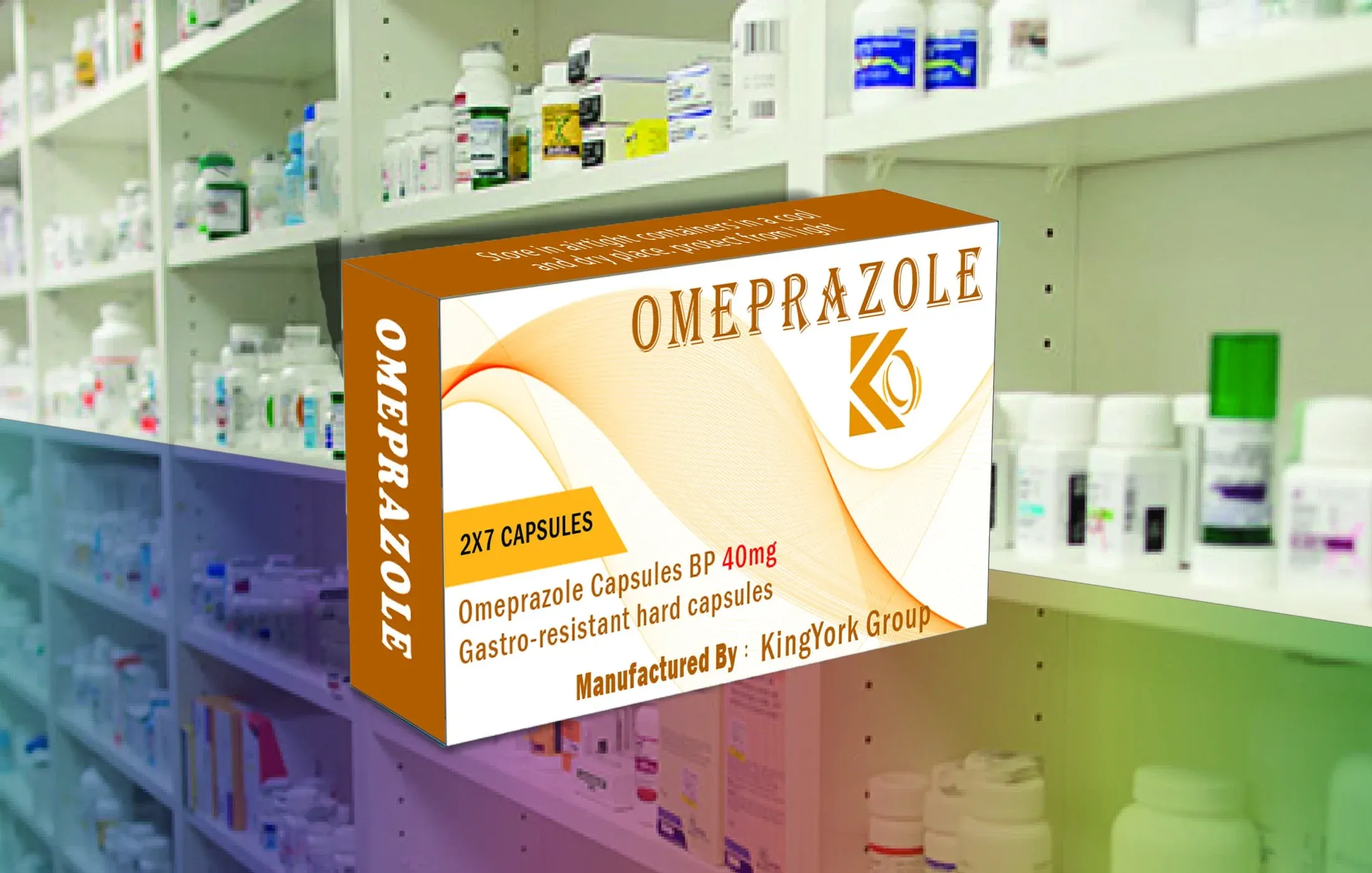
omperazole 40mg
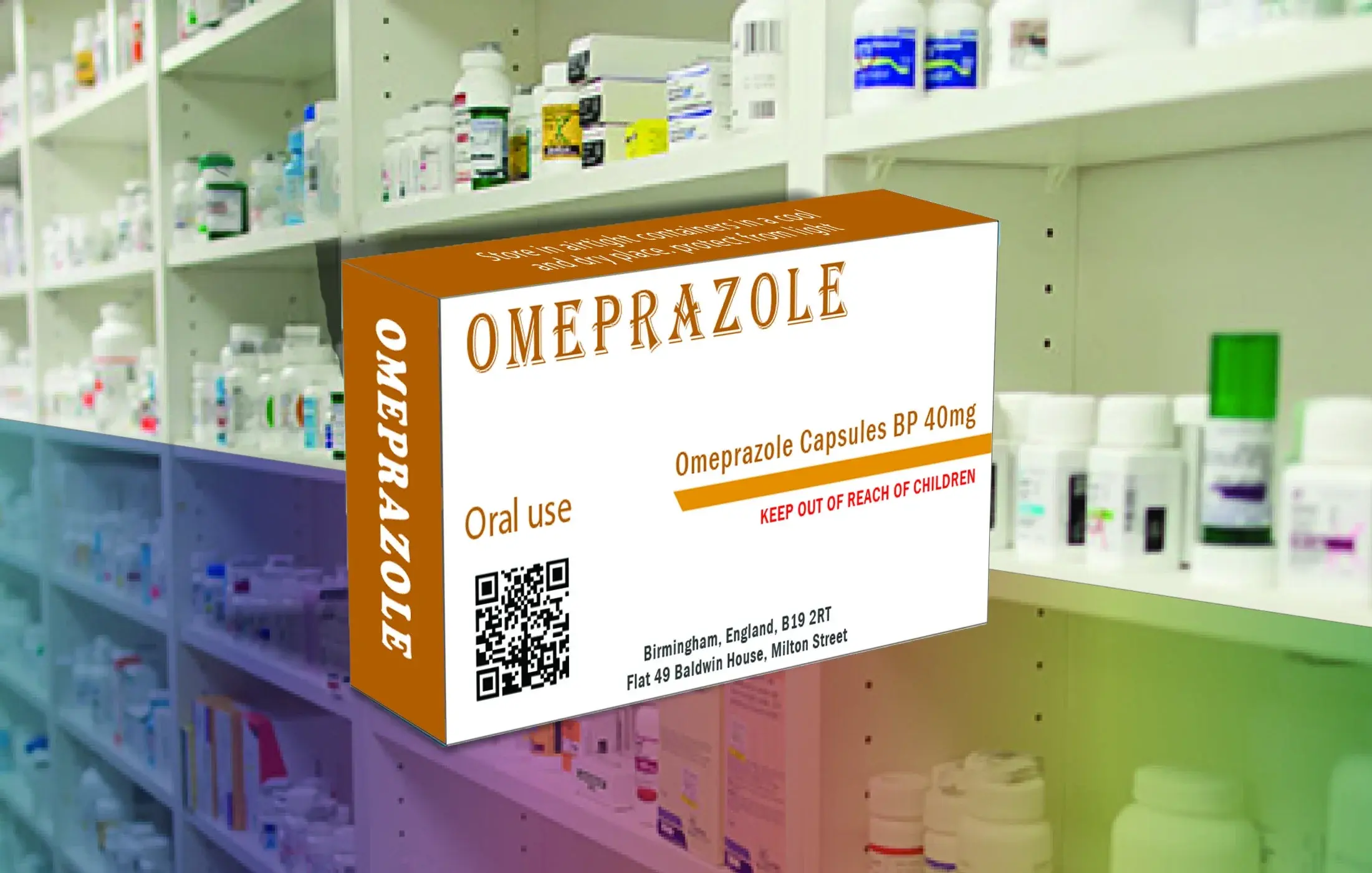
Overview of Large-Scale Manufacturing Facilities
- Purpose-built facilities with controlled environments to ensure quality and safety
- Organized into discrete manufacturing areas (blending, filling, packaging etc)
- Utilize automated processes and equipment
- Designed for efficient workflow and mass production
- Maintain extremely high standards of cleanliness and hygiene
- Rigorous quality control and regulatory compliance
- Operate 24/7 with multishift work cycles for maximum output
tetracycline 250mg
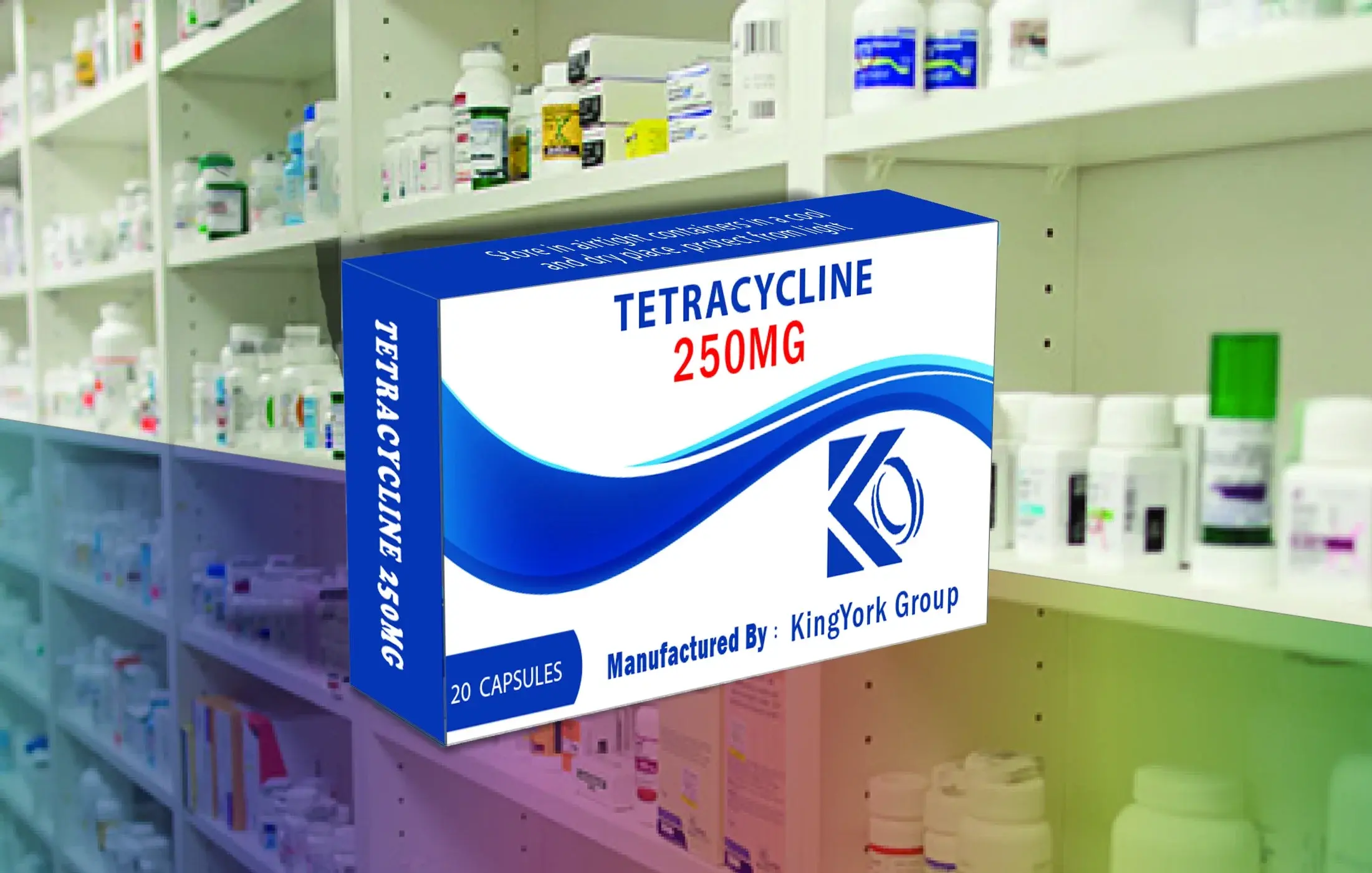
tetracycline 250mg
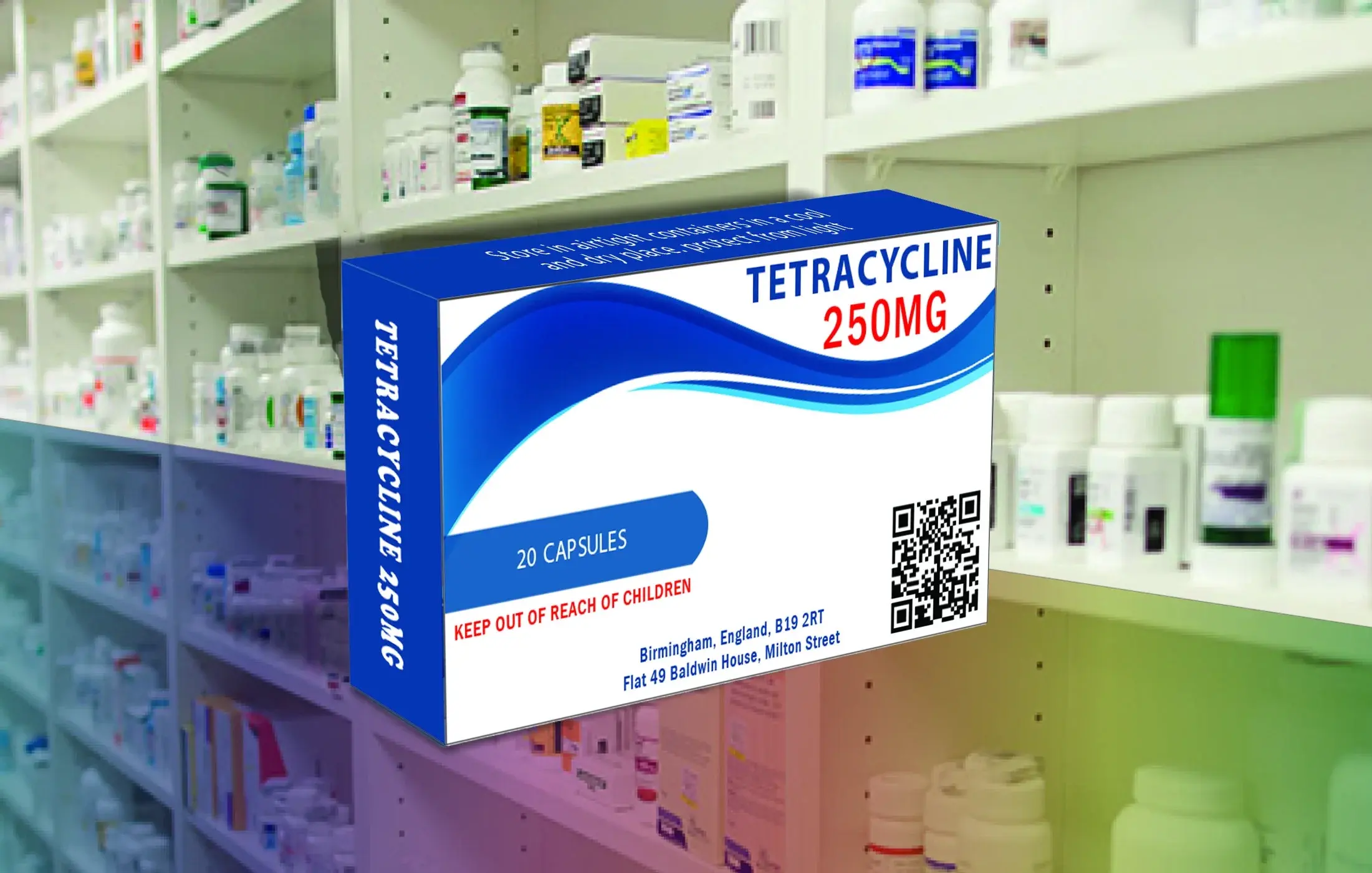
Main Processing Equipment
- Blenders: Large-scale blenders to homogeneously mix capsule ingredients
- Mills: Powerful mills to mill ingredients into fine powders
- Mixers: Industrial mixers to blend powders uniformly
- Fillers: High-speed automatic filling machines to fill capsules precisely
- Joiners: Automated machines to join capsule caps and bodies
- Polishers: Equipment to polish filled capsules for smooth finish
- Dryers: Industrial dryers to dry gelatin ribbons and capsules
- Printers: Specialized printers for printing logos and markings on capsules
- Metal detectors: Detect and reject any capsules with metal contaminants
- Leak testers: Check capsule seal and reject any leaking capsules
- Weight checkers: Verify filled capsule weight is within tolerance
The advanced equipment and streamlined processes enable pharmaceutical companies to manufacture encapsulated drug products safely, efficiently and on a massive scale.
Innovation and Trends
The pharmaceutical capsules industry is experiencing rapid innovation and growth. Manufacturers are developing new technologies and processes to improve capsule quality, efficiency, and capabilities.
Some key innovations in capsule technology include:
- Enteric capsules with polymers that only dissolve at certain pH levels, allowing drugs to bypass the stomach. These improve drug absorption and reduce side effects.
- Pulsatile release capsules that release drugs at specific times. This enables medications to be taken less frequently.
- Liquid-fill hard capsules that encapsulate oily medications, suspensions, or emulsions. This allows a wider range of drug formulations.
- Deep dye capsules with vivid banding colors for branding and anti-counterfeiting. New dyes and printing methods enable unique capsule appearances.
- Veggie capsules made of plant-based materials like cellulose for patients with gelatin allergies. These expand options for vegetarians and vegans.
- Moisture-resistant and oxygen-resistant capsules to protect sensitive ingredients. These prevent drug degradation.
Market projections indicate strong growth for the global capsules market, expected to reach $3.5 billion by 2027 driven by rising demand and new technologies.
Leading capsule manufacturers pioneering innovations include Capsugel, Qualicaps, ACG Associated Capsules, Shanxi Guangsheng Medicinal Capsules Co., and Suheung Capsule. These companies are investing in R&D and advanced equipment to expand capsule capabilities.
Overall, innovations in capsule technology are enabling improved drug delivery, patient customization, and smarter medicine design. The capsule industry will continue innovating to keep pace with pharmaceutical advances and consumer needs.
The Future of Capsule Manufacturing
The pharmaceutical capsule industry is evolving to meet the demands of the future. Here are some of the key trends and innovations shaping the future of capsule manufacturing:
Automation
Automation is playing an increasing role in capsule production. Robotic arms, self-monitoring systems, and advanced computer controls allow for greater precision, speed, and efficiency in the manufacturing process. This automation reduces human error and frees up personnel for quality control and other tasks. It also enables more data collection and analysis. Manufacturers will likely continue adopting the latest automation technologies.
Personalized Medicine
The rise of personalized medicine is impacting capsule production. More tailored and targeted drug formulations require the ability to make specialized capsule doses and combinations. Smart control systems and flexible manufacturing lines allow for more custom capsule production. Capsule makers are enhancing their capability to produce personalized medicine capsules in different sizes, formats, and release properties.
Novel Delivery Methods
New drug delivery methods are emerging, including inhaled, subcutaneous implants, and targeted delivery capsules. Manufacturers are developing novel capsules optimized for these innovative methods. This may require new capsule engineering and materials. The flexibility of capsules makes them suitable carriers for advanced drug delivery techniques.
Sustainability
Sustainability is becoming more important in the pharmaceutical industry. Capsule manufacturers are looking for ways to make their production more environmentally friendly. This includes reducing energy and water usage, minimizing waste, and utilizing green materials. For example, some companies are adopting vegetable-based capsules. The drive for sustainability will likely lead to greener and more efficient manufacturing processes.
In summary, capsule manufacturing is evolving with developments in automation, personalized medicine, novel delivery methods, and sustainability. Companies capable of adapting to these trends will lead capsule production into the future. The industry's flexibility and innovative spirit position it well to take advantage of new technologies and techniques. Capsules will continue improving as an effective drug delivery system.
Registration:
We will prepare registration documents and certificates as necessary.
Product Specifications:
Product List - CAPSULES
| Product Name |
Strength |
| Amoxicillin 500mg(16 Capsules) |
8 cap X 2 blisters |
| Ampicillin Capsules |
10 cap X 2 blisters |
| Cloxacillin Na Capsules |
10 cap X 2 blisters |
| Piroxicam Capsule |
10 cap X 2 blisters |
| Tetracyline 250 mg Capsule |
10 cap X 2 blisters |
| Oxytetracycline 250mg Capsule |
10 cap X 2 blisters |
| Spiramycin 375,000 unit Cap |
10 cap X 2 blisters |
| Indomethacin 25mg Capsule |
10 cap X 2 blisters |
